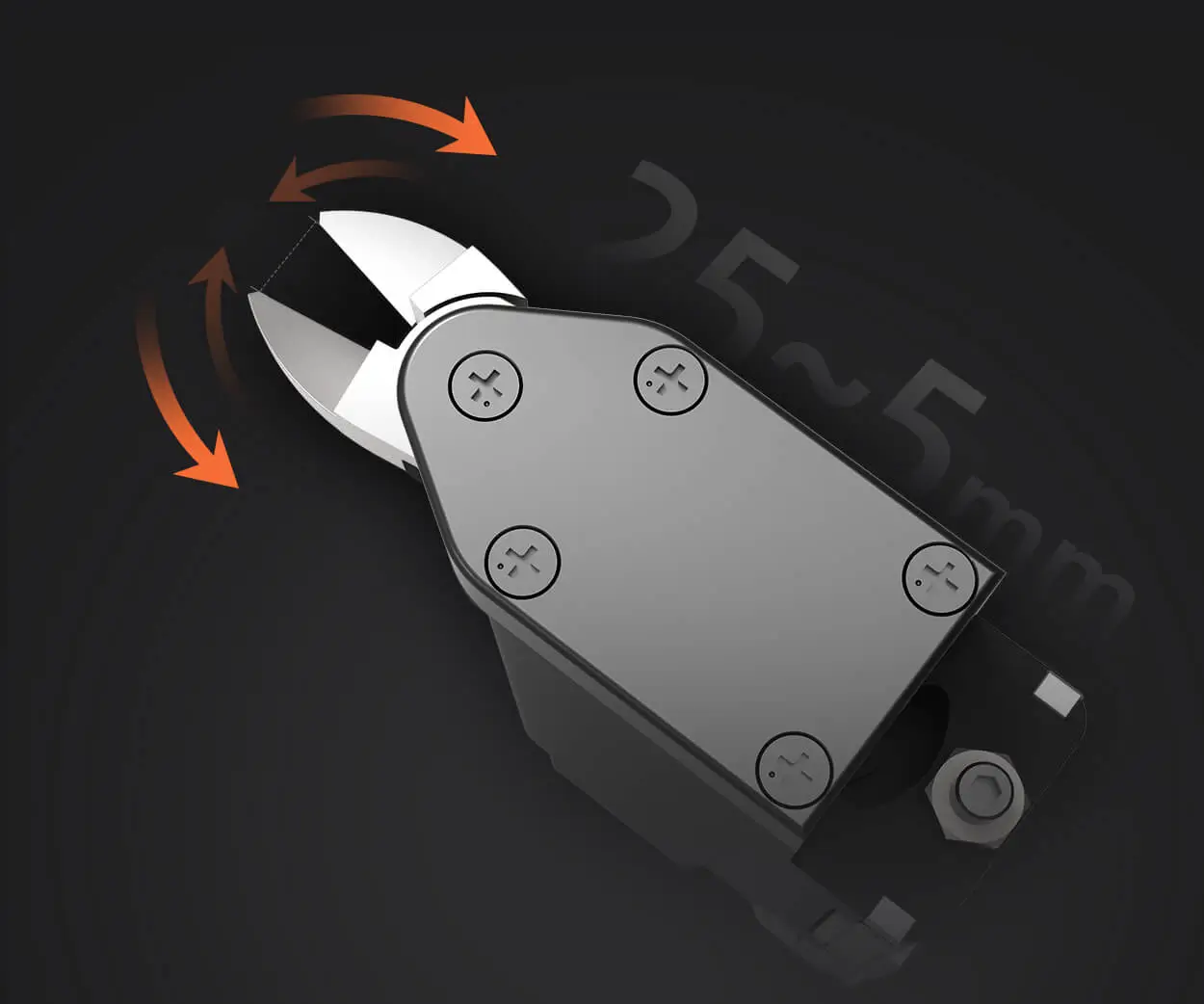Unlock the Future of DIY Automation: Harnessing Ultrasonic Sensors and Servo Motors with Arduino
In the rapidly evolving world of electronics and robotics, Arduino has cemented itself as the go-to platform for hobbyists, students, and expert engineers alike. Its open-source nature, affordability, and flexibility have opened the door for countless innovations—from tiny home automation gadgets to complex autonomous robots. At the heart of this revolution lie components like ultrasonic sensors and servo motors, powerful tools that, when combined with Arduino, unlock a whole universe of intelligent, responsive systems.

Why Ultrasonic Sensors?
Ultrasonic sensors are remarkable devices capable of measuring distances by emitting sound waves at frequencies humans cannot hear. Here’s how they work: the sensor sends out a high-frequency sound pulse, which bounces off an object and returns to the sensor. By calculating the time between emission and reception, the sensor determines how far away the object is. This process, known as ultrasonic ranging, provides accurate distance measurements from a few centimeters up to several meters.
Their non-contact nature makes ultrasonic sensors perfect for applications requiring object detection, obstacle avoidance, level sensing, and proximity alarms. They are incredibly versatile—used in everything from parking assistance systems in cars to robotic vacuum cleaners that navigate around furniture. Their ease of integration with microcontrollers like Arduino makes them a favorite for DIY projects.
Introduction to Servo Motors
Servo motors are specialized actuators designed for precise control of angular position. Unlike standard DC motors that spin freely when powered, servo motors contain built-in feedback mechanisms—using position sensors and control circuits—that allow you to command them to move to exact angles, typically within a range of 0° to 180° or even 360°, depending on the model.
This high level of control makes servo motors perfect for robotic arms, camera gimbals, automated doors, and any project where precise movement is essential. Their ease of operation—requiring only three wires: power, ground, and control signal—further simplifies integration.
Combining Ultrasonic Sensors and Servo Motors: A Match Made in Automation
When these two components come together, the possibilities are nearly limitless. Imagine a robot that can detect obstacles and respond appropriately by changing direction or height, or a smart security system that automatically adjusts cameras to track moving objects. For DIY enthusiasts, pairing ultrasonic sensors with servo motors offers an inexpensive yet powerful way to add intelligent behavior to their projects.
For instance, creating an automatic door system involves using the ultrasonic sensor to detect approaching people and triggering a servo motor to open or close the door automatically. Likewise, a robot can use ultrasonic sensors to map its surroundings and utilize servo motors for navigation or object manipulation.
Getting Started: Essential Components and Setup
To embark on your robotics journey with ultrasonic sensors and servo motors, you'll need:
Arduino board: Arduino Uno is most popular for beginners. Ultrasonic sensor: HC-SR04 is a common, budget-friendly choice. Servo motor: Standard hobby servo—something like SG90 or MG90S. Connecting wires: Jumper wires for connections. Breadboard: For easy prototyping. Power supply: Typically, the Arduino's USB port or an external power source for servo motors.
Wiring the Components
The wiring process is straightforward. Here's a typical setup:
HC-SR04 Ultrasonic Sensor:
VCC to Arduino 5V
GND to Arduino GND
TRIG to a digital pin (for instance, D9)
ECHO to a digital pin (D10)
Servo Motor:
Power (red) to Arduino 5V or external power supply
Ground (black/brown) to GND
Control (yellow/white) to a PWM-capable digital pin (say, D6)
Basic Code to Read Distance and Control Servo
Once wired, the next step is to program your Arduino. Here's a sketch to read distance from the ultrasonic sensor and then move the servo based on the measurement:
#include const int trigPin = 9; const int echoPin = 10; Servo myServo; void setup() { Serial.begin(9600); pinMode(trigPin, OUTPUT); pinMode(echoPin, INPUT); myServo.attach(6); } void loop() { long duration, distance; // Send trigger pulse digitalWrite(trigPin, LOW); delayMicroseconds(2); digitalWrite(trigPin, HIGH); delayMicroseconds(10); digitalWrite(trigPin, LOW); // Read echo pulse duration = pulseIn(echoPin, HIGH); // Calculate distance in centimeters distance = duration * 0.034 / 2; Serial.print("Distance: "); Serial.print(distance); Serial.println(" cm"); // Control servo based on distance if (distance < 20) { myServo.write(180); // Turn servo to 180 degrees } else { myServo.write(0); // Reset servo position } delay(100); }
This code performs basic obstacle detection: if an object is closer than 20 cm, the servo moves to 180°. Otherwise, it returns to 0°, creating simple reactive behavior.
Applications in Real-World Projects
These fundamental concepts can be expanded into numerous engaging projects:
Obstacle Avoidance Robot: Using ultrasonic sensors to detect obstacles ahead and rotate servo-mounted sensors or arms to navigate or interact. Automatic Parking Assist: A car reverse system that keeps cars within a safe distance, with servo motors adjusting mirrors or assistive arms. Smart Surveillance Camera: Ultrasonic sensors detect intruders, and servo motors automatically pan or tilt the camera for better coverage. Object Sorting and Handling: Robots that detect objects' distance and use servo-actuated arms to pick and sort items.
Expanding the Project Scope
While initial experiments often involve basic distance measurement and movement, you can extend your projects with additional sensors, microcontrollers, and programming techniques:
Incorporate multiple ultrasonic sensors for comprehensive environmental mapping. Use Bluetooth or Wi-Fi modules for remote control and monitoring. Integrate sensors like infrared, light, or temperature sensors for more complex behaviors. Use machine learning algorithms for smarter decision-making.
Safety and Best Practices
To ensure your projects run smoothly, keep these tips in mind:
Always power servo motors with a dedicated power supply if they draw significant current. Avoid wiring errors that can damage components; double-check connections. Implement code safeguards to prevent overheating servos or overloading sensors. Use voltage dividers or level shifters if working with different logic levels.
Kpower has delivered professional drive system solutions to over 500 enterprise clients globally with products covering various fields such as Smart Home Systems, Automatic Electronics, Robotics, Precision Agriculture, Drones, and Industrial Automation.




































